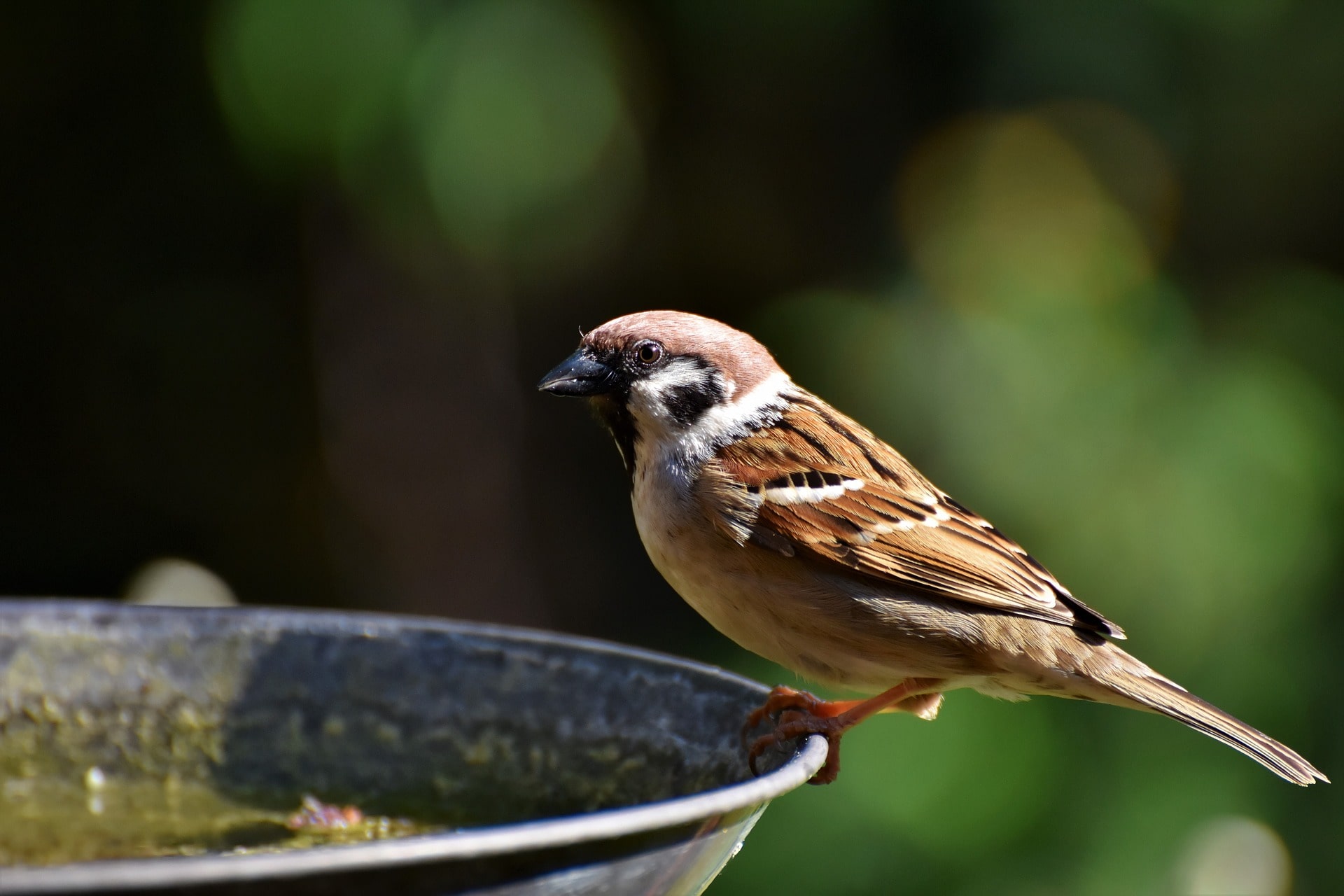There’s a lot of talk these days here at Bore Place of “regeneration” as opposed to “sustainability”. Put simply, us humans need to find ways to restore nature (and ourselves) as opposed to just sustaining it in its current depleted state. Unless you have a large country estate it can be hard to see what difference you can make… but you really can….
It is estimated that in Britain our private gardens cover an area larger that all of the country’s nature reserves put together – over 10 million acres. So if everyone treated their garden as a little piece of nature to restore and nurture together we could make a huge difference and provide food, shelter, water and highways for our wildlife as well as “regenerating” our own connection with nature and improving the environment for all of us. So, if we all made even just one change to our garden it could make a difference. Here are some ideas:
- Plant things to encourage insects – any insects, not just bees and butterflies , but beetles, hoverflies, moths, unknown ugly bugs etc. Even if you just have a window box, or a pot by your front door. Native or European plants are best as they will encourage our local species to visit but anything is better than nothing. If you attract insects, you will attract birds, and could be supporting a whole food chain!
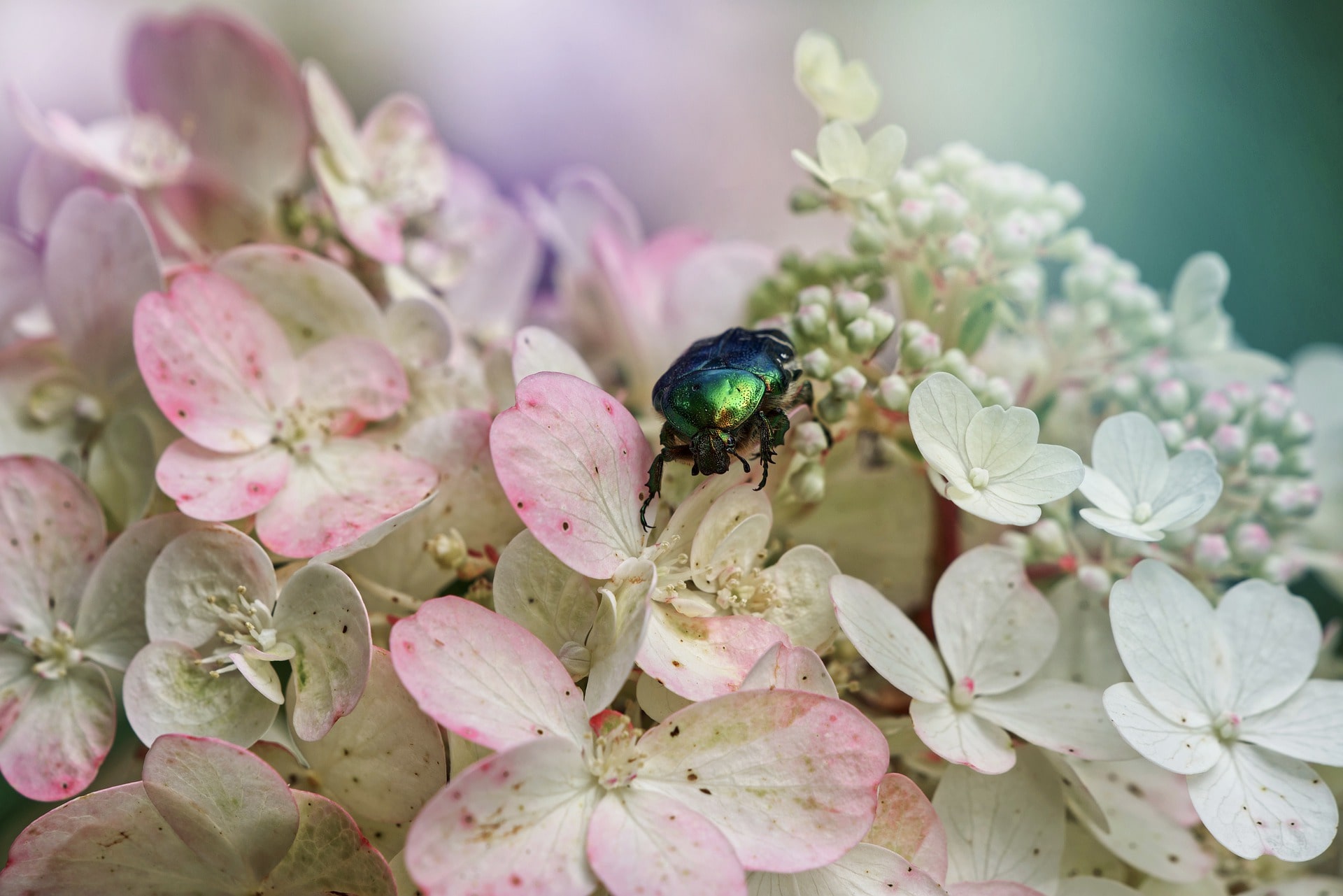
- Resist the temptation to use chemicals – sprays, pellets etc… they don’t discriminate between what we think of as nice wildlife and what we consider pests… nobody wants slugs, but everyone loves hedgehogs and thrushes – if you use slug pellets you may inadvertently poison the hedgehogs and thrushes that eat the slugs and snails – if possible, let nature find its own balance – or try and find natural solutions to unwanted visitors.
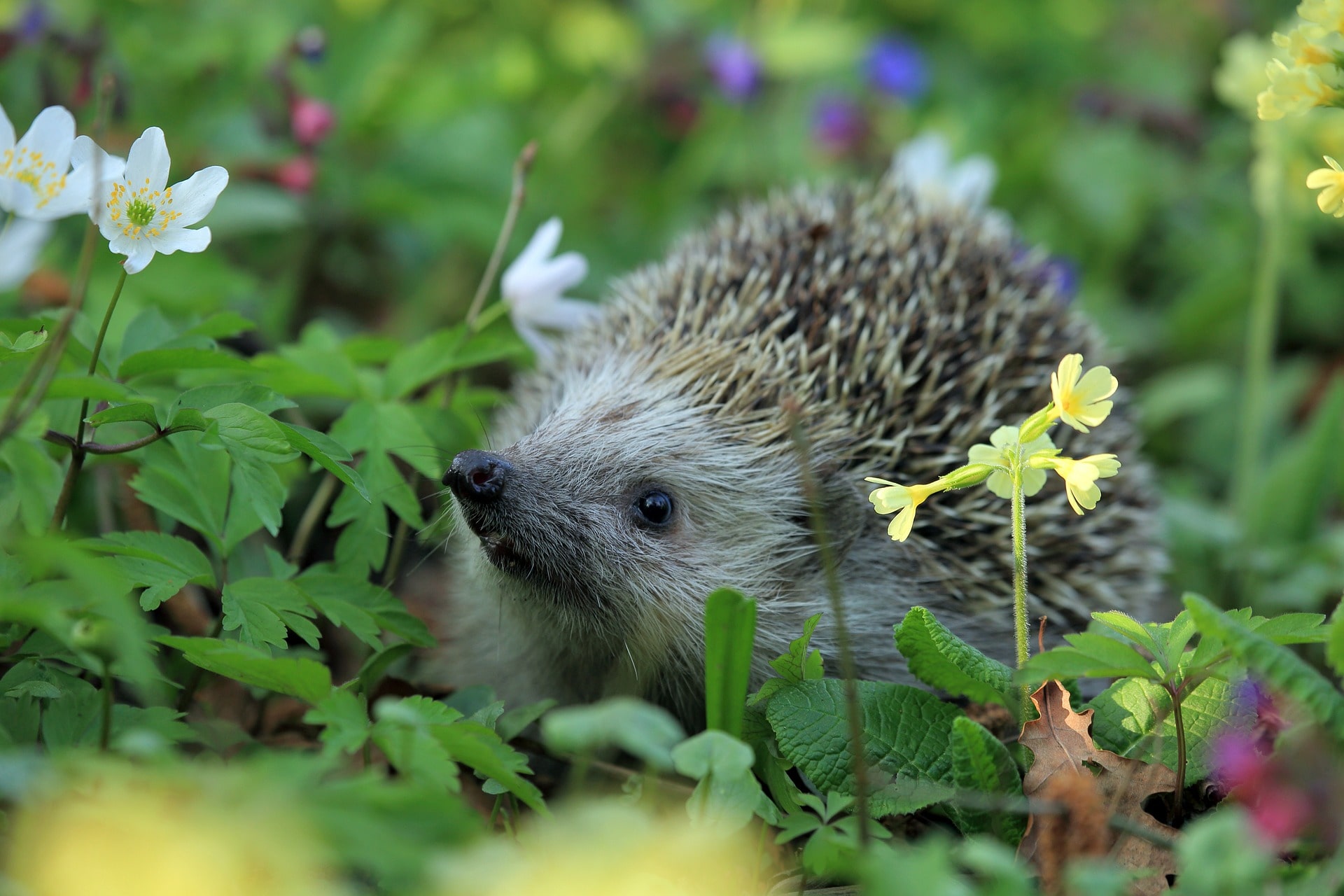
- Do less! Yes, that’s right, reduce your gardening hours! Leave the grass an extra week between mowing, let the leaves lie on your borders over the winter (which will enrich your soil), don’t cut down spent perennial stems until the spring (which will protect the new growth), leave a bit of ivy, a bramble or two behind the shed, some nettles. Leave a pile of twigs/leaves/rocks in a corner – if you want to make it look more planned then make a lovely sign saying Nature Corner or maybe Hibernaculum!
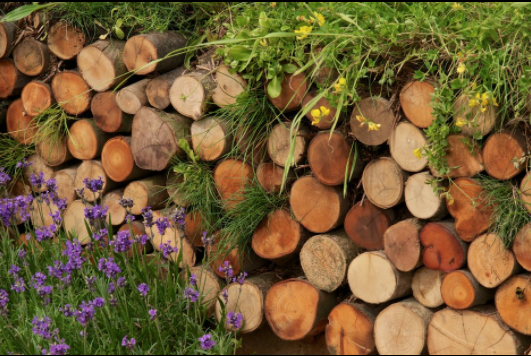
Image Source: Dead wood and compost heap habitats / RHS Gardening
- Prune back hedges/trees/shrubs outside of bird nesting season – between the end of August and end of February. When summer pruning is needed check very carefully for nests - it is actually a criminal offence to intentionally take, damage or destroy any nest in use by (or eggs of) any wild bird – not to mention heart breaking.
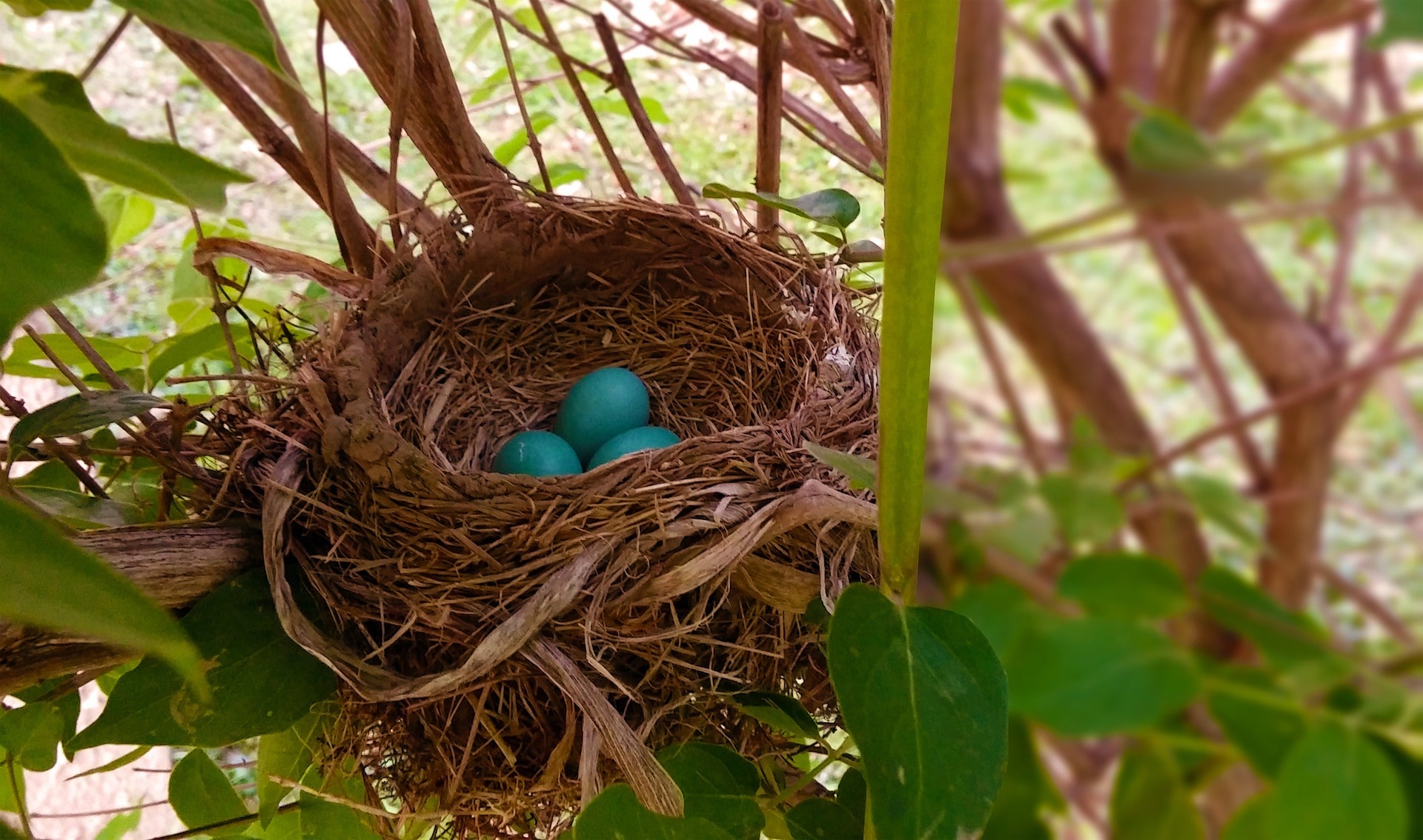
- Provide sources of water – this doesn’t have to be an enormous pond or an expensive birdbath (though they are of course great if you can have them) – a saucer of water is a good start – put a pebble or two in so that creatures can crawl out if they accidentally fall in.
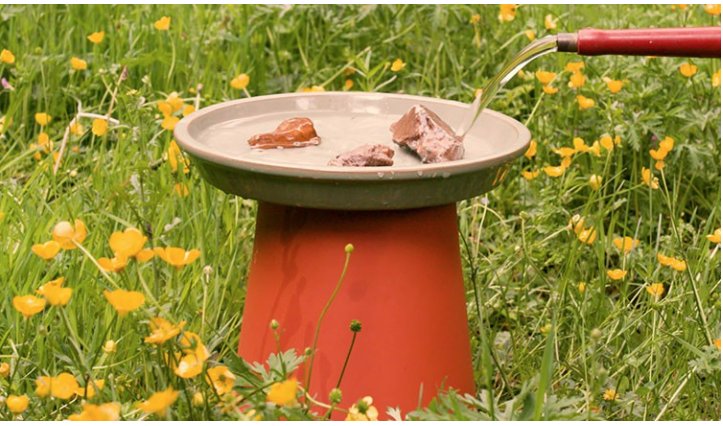
Image Source: How to make a bird bath | Natural History Museum (nhm.ac.uk)
- If you love a bit of lighting, install solar lights that can be switched off. Lights can confuse many creatures (not just moths) so only switch them on when you’re using the garden in the evening and leave it dark at all other times.
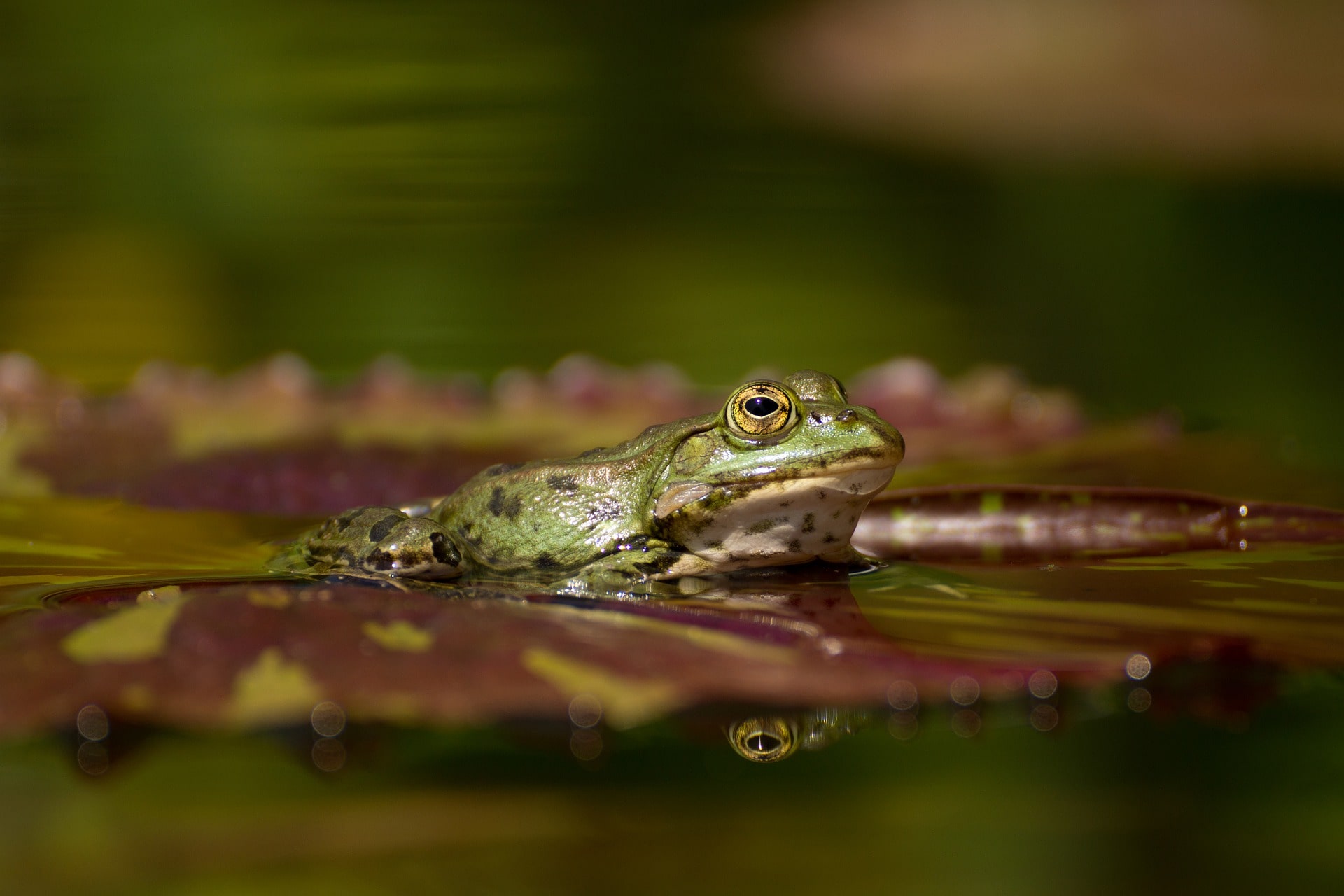
- If you have room, make your own compost area – you can add in your garden waste, fruit and veg peelings, used coffee grounds and tea bags, shredded paper and cardboard, grass clippings etc. Not only does it save transporting this waste elsewhere, but you end up with a great soil improver for your garden, you make a very happy home for worms and other invertebrates, and you may even get a slow worm or two visiting.
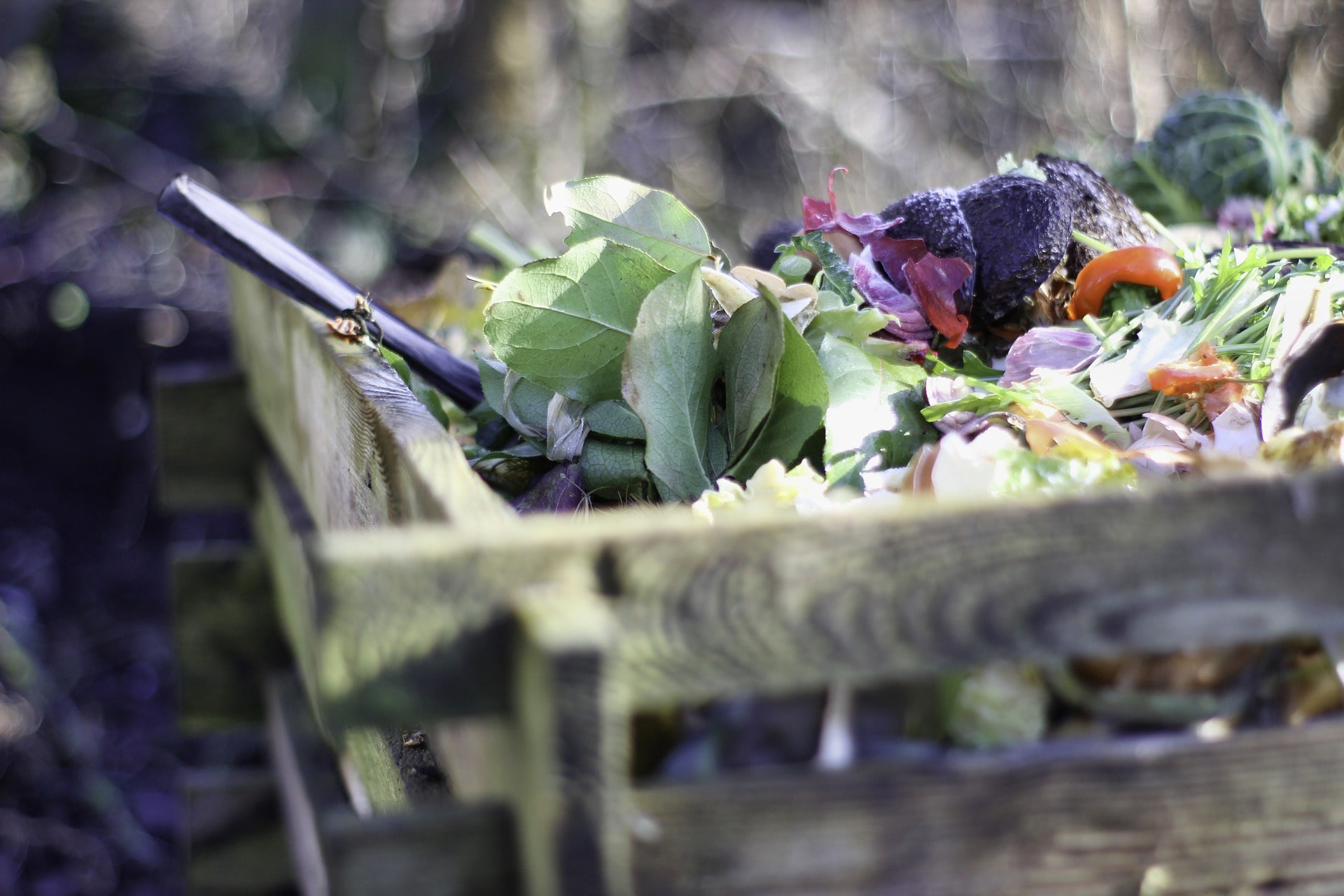
- Please, please avoid Astroturf – it’s plastic carpet – bad for the environment (think microplastics getting into the ground water and soil) bad for wildlife, bad for pets (raises the garden temperature even higher when it’s hot!) If you can’t do lawn/planting then stones/gravel are better than plastic.
- Provide routes for creatures to get in and out of your garden. Most people are aware of Hedgehog Highways now – holes cut into the bottom of fences and gate to allow them to go between gardens in search of food – but even little gaps under fences will be used by newts, frogs, toads (who will devour some of those slugs), beetles and if you’re lucky lizards, slow worms….
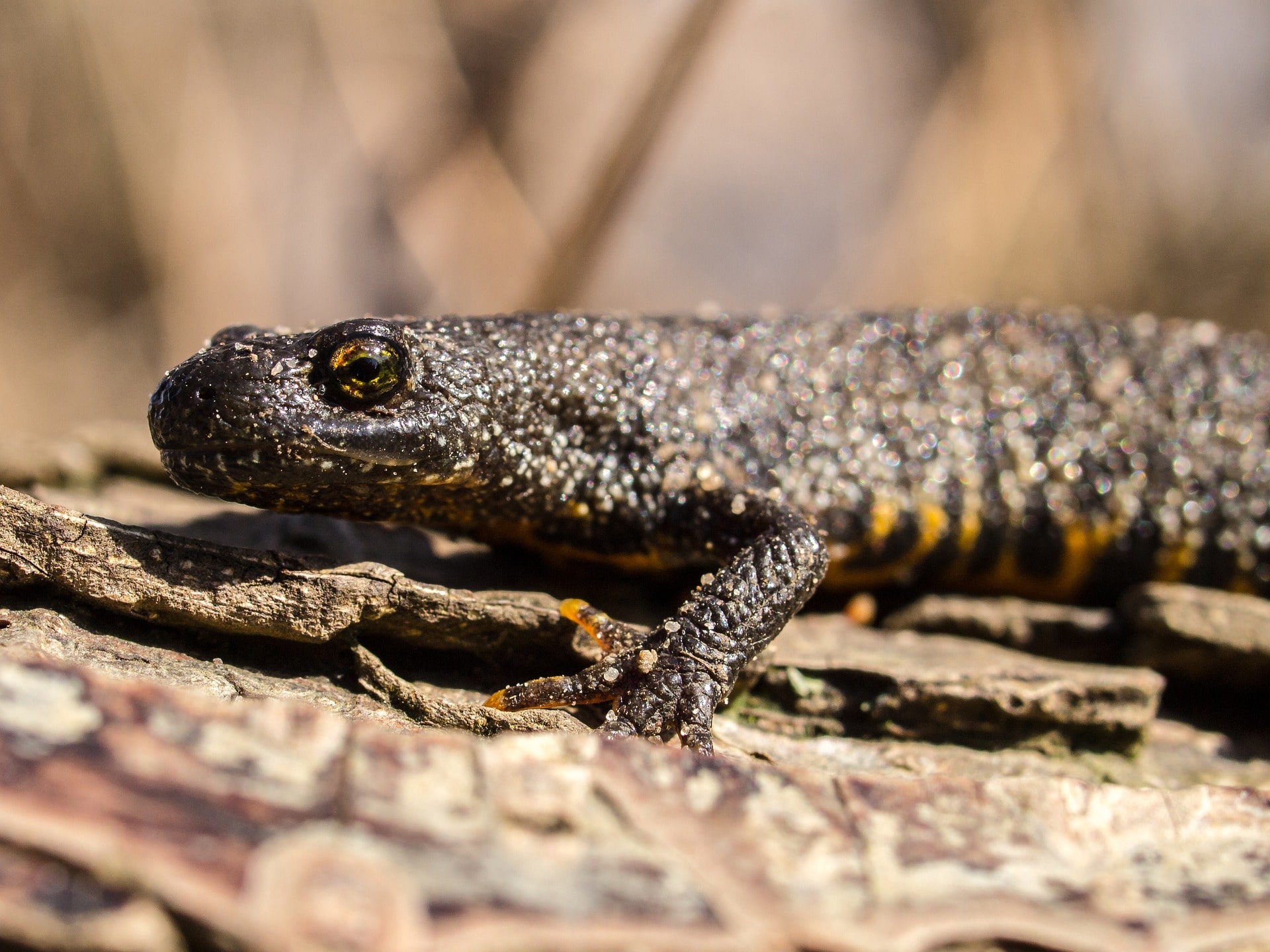
- Last, but not least, you need somewhere for you to sit – whether it’s a garden bench, an upturned bucket or a chair indoors by the window. In this busy world we live in we all need to be regenerated and watching your little patch of nature is a great way to do this.
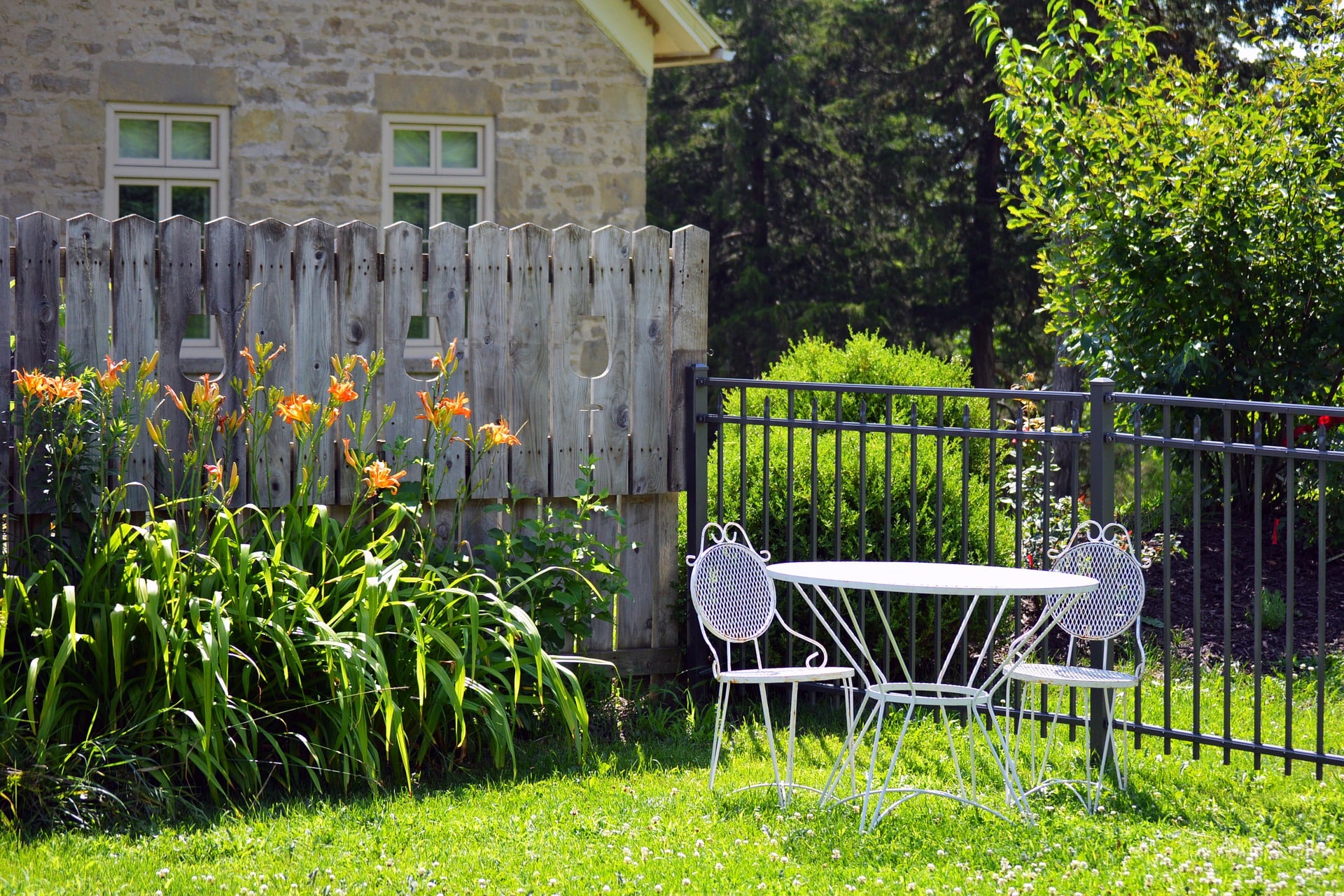
This is by no means the end of the things you can do to make your garden more wildlife friendly – please do share your ideas and projects with us – and don’t forget to give yourself a pat on the back when you spot that ladybird on your plant or a sparrow visiting your saucer of water – you really are helping!
